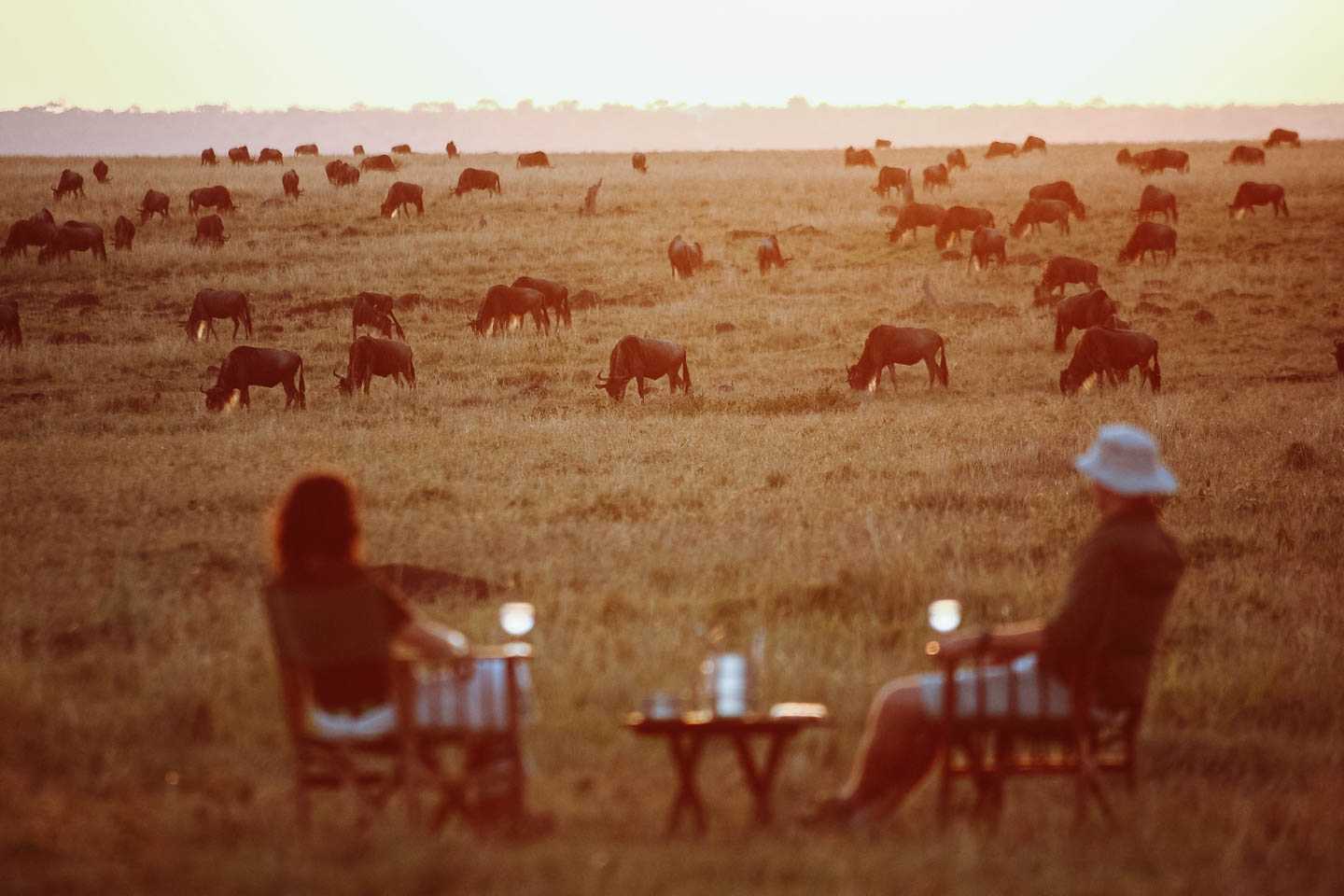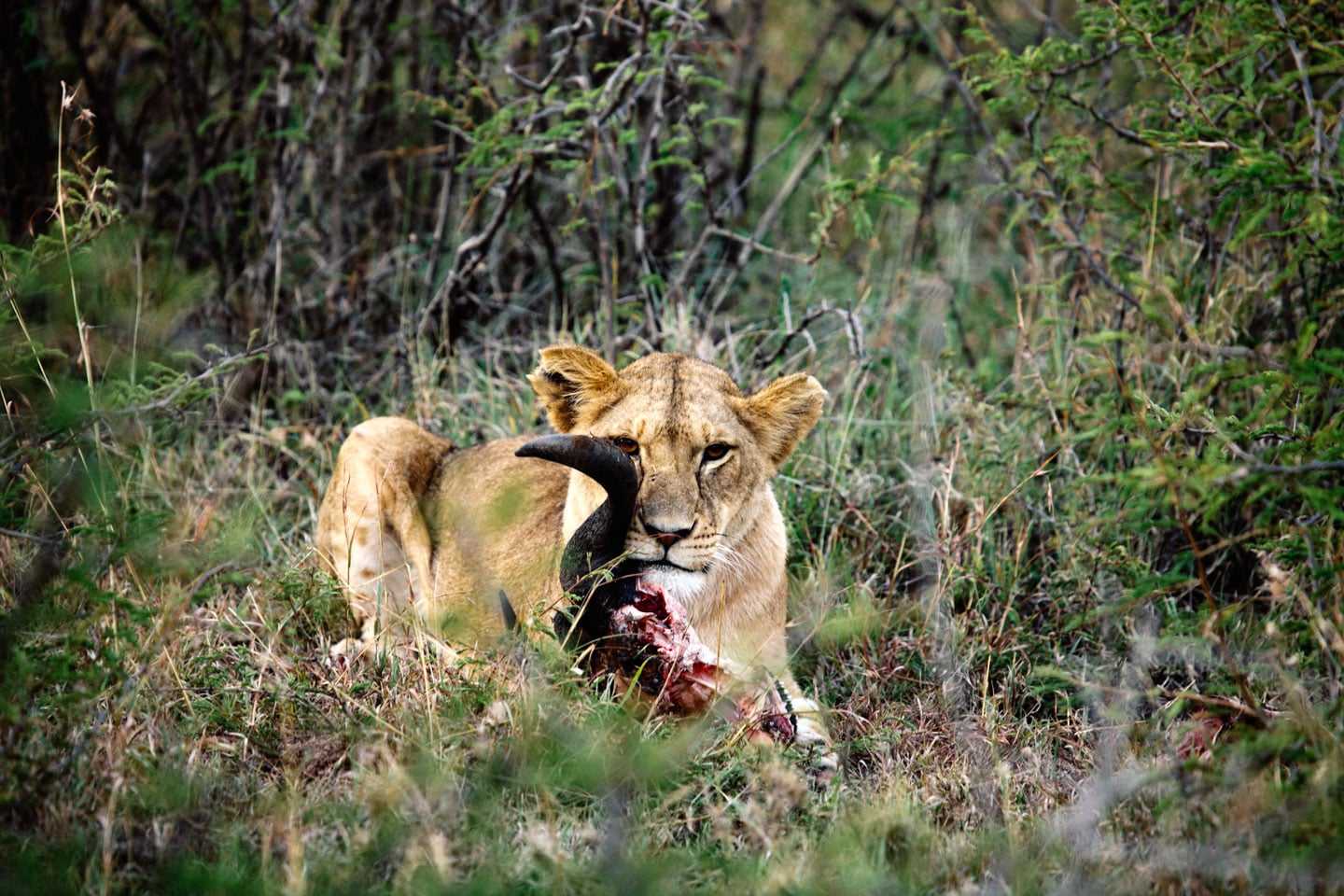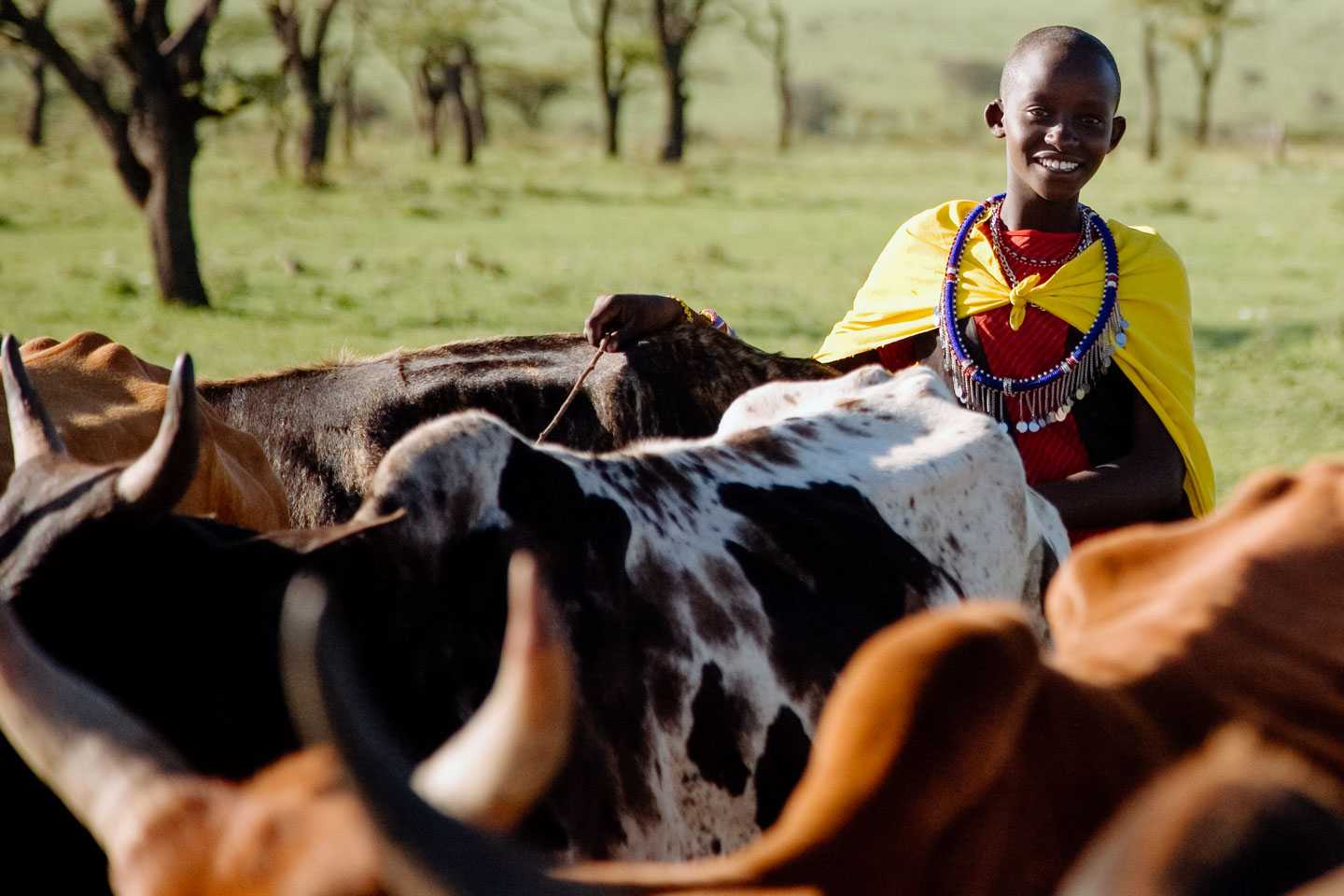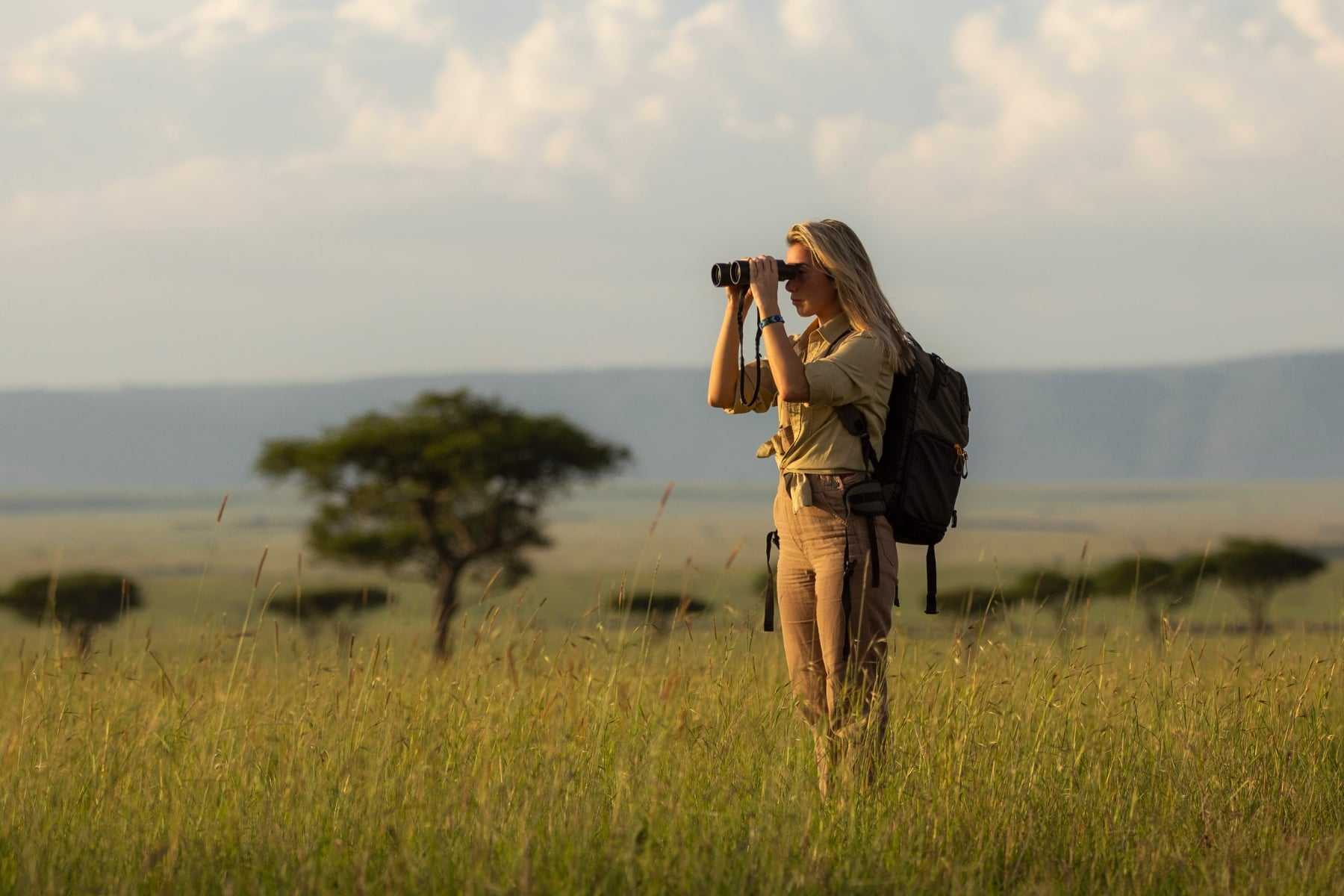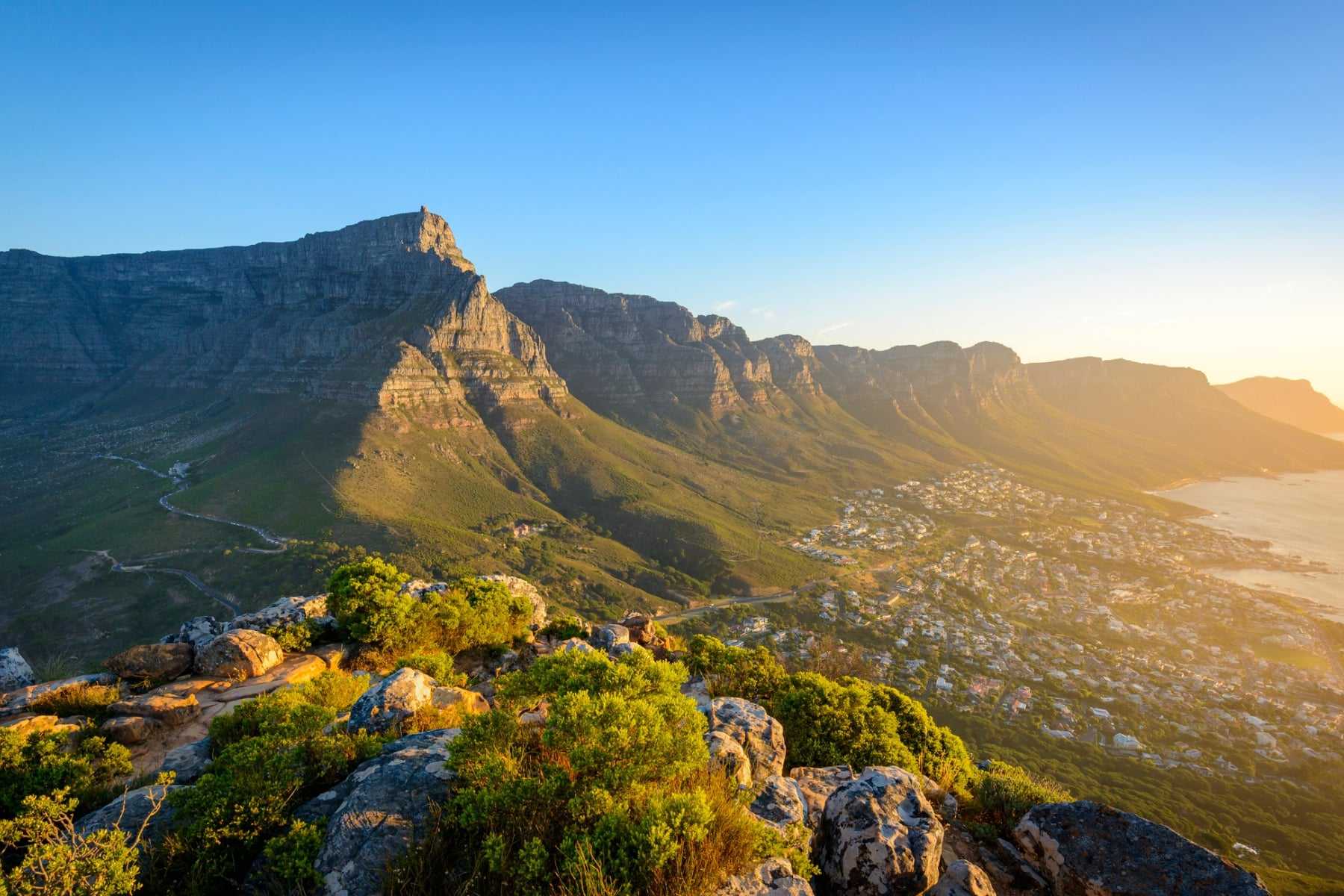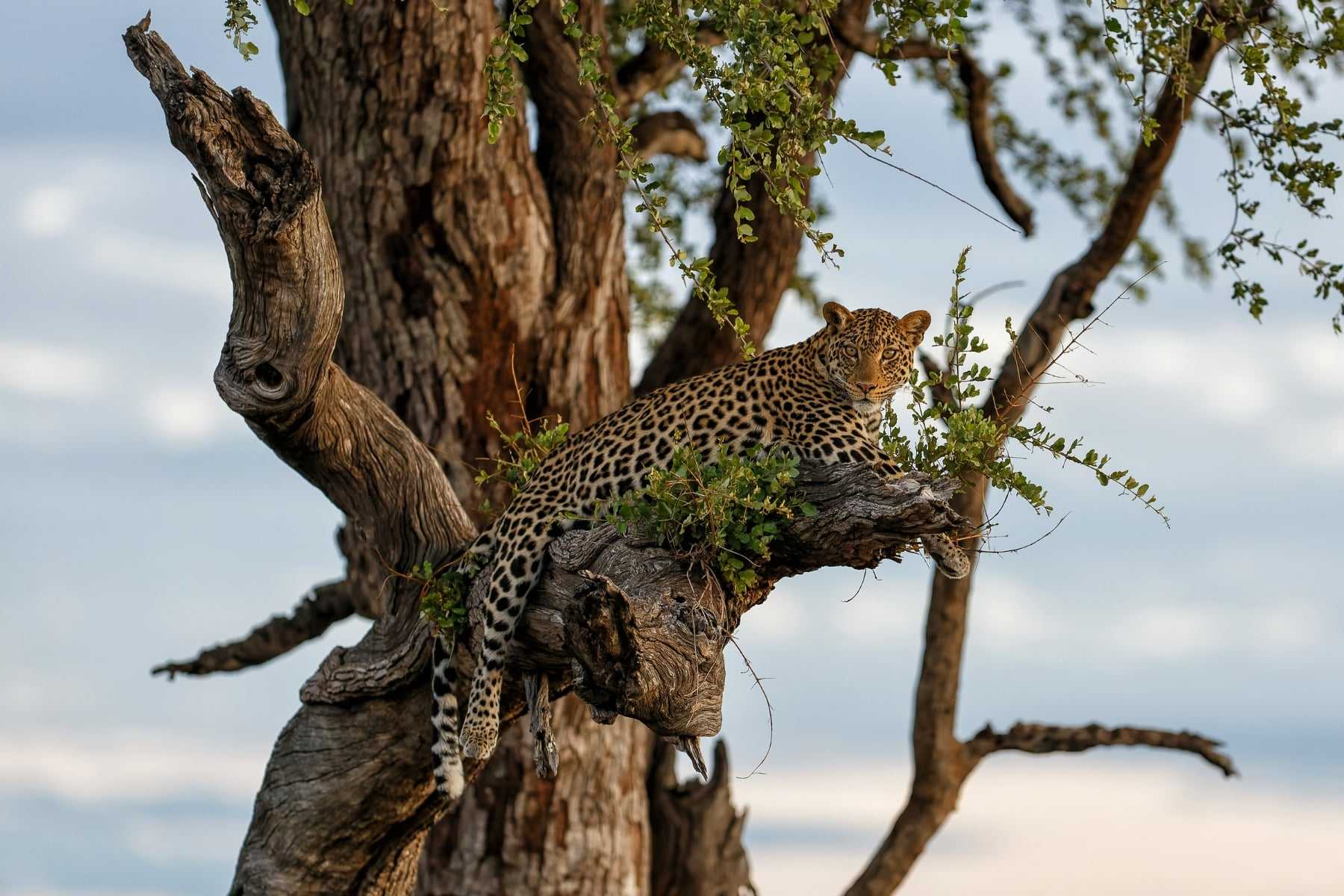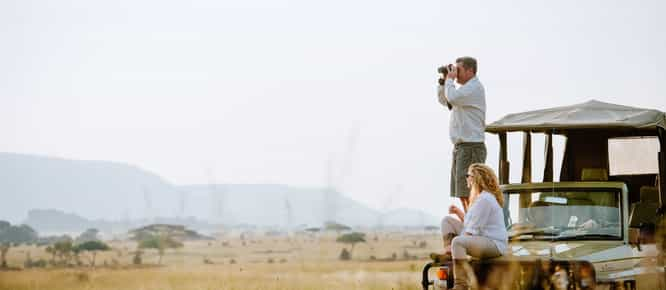The Masai Mara: possibly the continent’s most loved and most loathed wildlife reserve. It’s the Africa of storybooks, where long-limbed Maasai traverse the glorious plains, the wildebeest of the Great Migration plunge across the river in a show of life and death and there’s a different animal around every corner. But sadly, in some parts, there’s probably a minibus stuffed full of khaki-clad highly motivated tourists around the corner too. But the best time to visit the Masai Mara is when avoiding the crowds and having visited ourselves, many times, we thought we’d let you in on the secrets…
1. Choose your dates carefully
With European school holidays in full swing and the migration reaching its climax, July and August are by far the busiest months in the Mara. The river crossings are truly spectacular, but watching them in the bustle of hundreds of others can be disappointing. Our recommended best time to visit the Masai Mara is October and November – the sun is still shining, the migration is still happening and most people have gone home. Alternatively, if it’s not wildebeest you want, think about travelling in February and March when the grass is green and the babies are springing around the plains. Stunning.
2. Have you thought about the conservancies?
The conservancies lining the edge of the reserve really are changing the game when it comes to the best time to visit the Masai Mara. The little pockets of uninhabited wilderness are co-owned by safari operators and local Maasai landowners who have a serious interest in protecting the wildlife. Most have a limit on the number of camps and rooms allowed too (no 150-bedroom lodges here thank you!) so you really will be leaving the crowds behind. As for game drives, think acres of untouched land with nothing but animals for miles around. And if you can’t leave the migration behind, don’t worry – head out on an all day drive to the Mara Reserve for your wildebeest fix.
Try Naboisho Camp in Mara Naboisho Conservancy and Serian Mara North in the North Conservancy.
3. Look at different camps
If there’s one thing the Mara has, it’s a choice of camps! There are almost 6,000 beds available in the reserve, covering the good, the bad and the very ugly. In the latter are some of the enormous, 100 plus bedroom lodges in the main reserve. Whilst the accommodation might not be too shabby, the sheer number of guests means packed vehicles and early morning traffic jams. Try smaller camps Nkoromobo, Naibor & Sala’s Camp – game drives usually have a maximum of 6 people and you might even secure a private vehicle to do exactly what you want, when you want, away from everyone else.
4. Research the guides
Not only can an excellent guide make or break your trip, he can make it truly outstanding. So if you chose the best time to visit the Masai Mara what should you look for and where are the good guys hiding? Choose a camp that is well-established in the Mara and has been for years, Governor’s or Rekero for example. For the guides here, the Mara is their stomping ground and they have a safari-bag full of tricks when it comes to finding secret river-watching spots and how to avoid the minibuses. By and large, some of the driving safaris from Nairobi that visit the Mara for a few days can be dangerous territory – the guides are more used to navigating Nairobi’s potholes than herds of elephant!
5. Try something different
So what happens if you really do find yourself in a conveyor-belt of cars? Use it as the perfect time to try something new. The camps in the Mara are literally bursting at the seams with activities and there’s plenty to fill your days. Take to the skies on a balloon safari and watch the animals from your serene vantage point, or pack a picnic basket and explore a remote corner of the wilderness on an all-day adventure. For a spot of culture, visit a local community and play volleyball with the kids or watch the ladies going about their daily chores – the chance to learn a little about the Maasai way of life is inspiring.
Try ballooning from Little Governor’s, cultural visits from Rekero and fabulous all-day picnic drives from Angama Mara.
